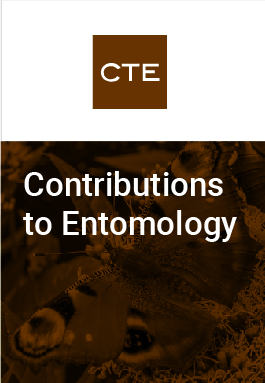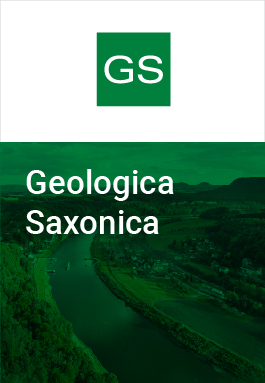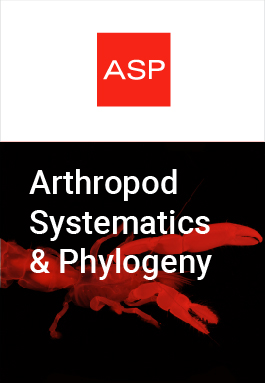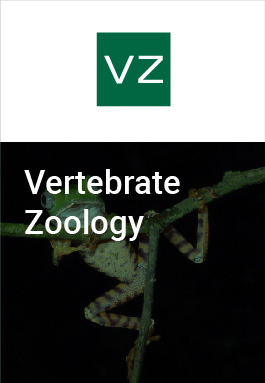Contributions to Entomology - Beiträge zur Entomology is a journal dealing with all aspects of entomology and is published in two issues per year.
Contributions to Entomology is a peer-reviewed, open access journal of Senckenberg Gesellschaft für Naturforschung. Suitable for the journal are original contributions in English (or German) language concerning insect systematics, taxonomy, phylogeny, zoogeography, faunistics, ecology, applied entomology, entomological bibliography, and history of entomology.
Research fields covered by Geologica Saxonica are geology, paleontology, stratigraphy, petrography, mineralogy and geoscience history with focus on Central Europe.
Research fields covered by Geologica Saxonica are geology, paleontology, stratigraphy, petrography, mineralogy and geoscience history with focus on Central Europe.
The journal of the Museum of Mineralogy and Geology was founded in 1876 by Hanns Bruno Geinitz as „Mitteilungen aus dem Königlichen Mineralogisch-Geologischen und Prähistorischen Museum“. It was refounded in 1955 by Hans Prescher as „Jahrbuch des Staatlichen Museums für Mineralogie und Geologie zu Dresden“ and continued from 1966 as „Abhandlungen des Staatlichen Museums für Mineralogie und Geologie zu Dresden“. Since 2001 the periodical is entitled „Geologica Saxonica – Journal of Central European Geology“.
Research fields covered by Arthropod Systematics & Phylogeny are the taxonomy, morphology/anatomy, phylogeny (molecular or morphology-based), historical biogeography and palaeontology of arthropod taxa.
Research fields covered by Arthropod Systematics & Phylogeny are the taxonomy, morphology/anatomy, phylogeny (molecular or morphology-based), historical biogeography and palaeontology of arthropod taxa.
Research fields covered by Vertebrate Zoology are taxonomy, morphology, anatomy, phylogeny (molecular and morphology-based), historical biogeography, and palaeontology of vertebrates.
Research fields covered by Vertebrate Zoology are taxonomy, morphology, anatomy, phylogeny (molecular and morphology-based), historical biogeography, and palaeontology of vertebrates. We specifically encourage submissions of comprehensive and comparative investigations using integrative approaches and several lines of evidence (e.g., taxonomic revisions, manuscripts with multiple species descriptions, comprehensive morphological comparisons, etc.). We do no longer consider single species descriptions, unless they are part of a comprehensive framework of broader taxonomic revisions or concern taxa of exceptional and wider interest.
The publication of longer manuscripts or monographs is only possible after prior consultation with the Editor-in-Chief.
Q1: Ecology, Evolution, Behavior and Systematics



